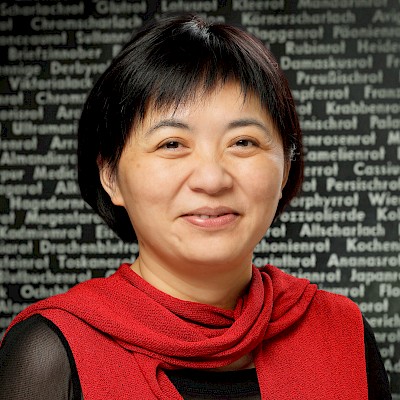1991-98 Bachelor and Master studies at the Beijing Foreign Studies University. 2009 Doctorate at Humboldt-Universität zu Berlin. 2001-04 Associated Member of the Graduate College »Codierung der Gewalt im medialen Wandel«. From 2009 to 2017 Associate Professor at the German Faculty of Shanghai International Studies University. Since 2017 Odinarius and director of the German Institute of the Sun Yat-Sen University Guangzhou.
Passing Media Boundaries: The Portrait in Contemporary Visual and Narrative Art
Today the break-up of traditional paradigms, through shifts in the semantic register, is driving forward the experimentation and development of artistic means of expression, involving innovative impulses of a hitherto unknown multiplicity and dynamism. One important tendency of the contemporary portrait is to include biographical and narrative text-structures into the visual design or the artistic form, but literature is also opening itself up to the visual by combinations of media or intermedial connections. The portrait is abandoning the postulate of mimesis and shifting the semantic weight to representations of script elements, and literature is appropriating visualization strategies from the visual arts. The research project will sound out what experimental operations of (de-)figuration are engendered in the interaction of image and script and how the two communication media behave in particular cases. The study addresses fundamental discourses on the boundaries between art and literature, on figurations of the particular in the creative process, in the reception process, and in the works’ meta-medial thematization of self-reflexivity. The different variants of hybridization in portrait representation, the forms in which text and image become linked to each other, take centre stage. The intention here is that the artistic process in the work of portrait art and that in narrative art should enter into an interdisciplinary dialogue with each other. The selection of the corpus to be investigated crosses national boundaries, with the aim of presenting a general overview that elucidates the significant works with script-image syntheses in a comparative perspective.
